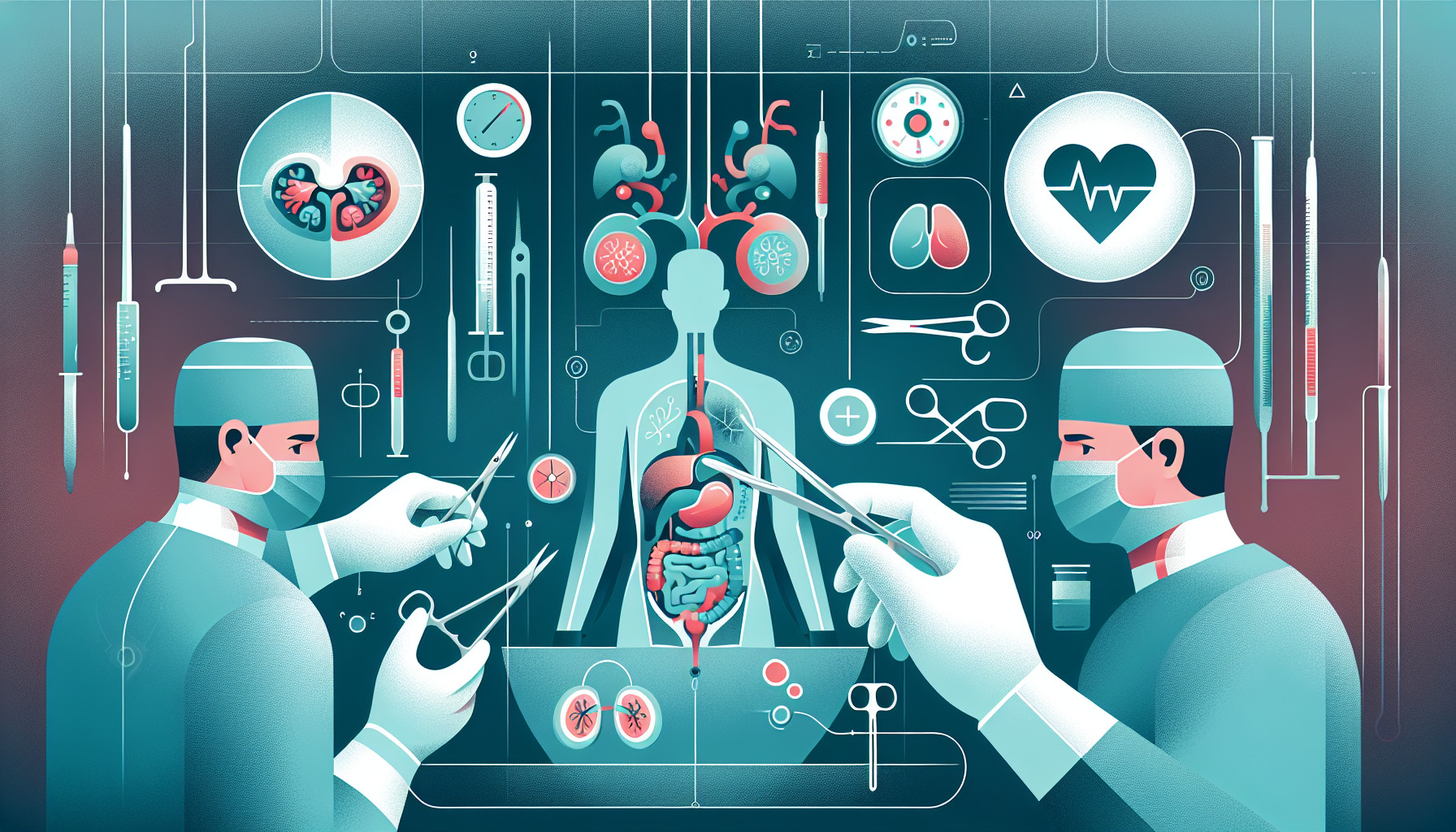Our Summary
This research paper discusses the importance of long-term, multi-disciplinary care for children suffering from anorectal malformations, which are deformities that occur in the anus and rectum. The study emphasizes on the need to regularly monitor and manage these children to assess and improve their ability to pass stool and maintain urinary functions. The research was presented at a meeting of the American Academy of Pediatrics Section on Surgery and also includes recommendations for the care of such children.
FAQs
- What are anorectal malformations in children?
- What does the research suggest about the long-term care for children with anorectal malformations?
- What were the key recommendations for the care of children with these malformations presented at the American Academy of Pediatrics Section on Surgery meeting?
Doctor’s Tip
One helpful tip a doctor might give to a patient about pediatric urologic reconstruction is to ensure regular follow-up appointments with a pediatric urologist to monitor progress and address any potential complications. It is important to communicate any concerns or changes in symptoms to the doctor to ensure proper management and care for the child’s urologic health. Additionally, following any post-operative care instructions and maintaining a healthy lifestyle can help promote successful outcomes for pediatric urologic reconstruction.
Suitable For
Patients who are typically recommended for pediatric urologic reconstruction include those with congenital anomalies such as hypospadias, vesicoureteral reflux, obstructive uropathy, and posterior urethral valves. These conditions often require surgical intervention to correct anatomical abnormalities and improve urinary function. In addition, patients with complex urological conditions such as bladder exstrophy, cloacal exstrophy, and neurogenic bladder may also benefit from pediatric urologic reconstruction to improve bladder and bowel function.
Overall, pediatric urologic reconstruction is recommended for patients with a variety of urological conditions that impact urinary and bowel function, and surgical intervention is often necessary to correct these issues and improve overall quality of life.
Timeline
Before pediatric urologic reconstruction:
- Patient is diagnosed with an anorectal malformation, which may be detected prenatally or shortly after birth.
- Patient undergoes diagnostic tests and evaluations to determine the extent of the malformation and any associated complications.
- Patient may undergo initial treatments such as colostomy or urinary diversion to manage symptoms and improve quality of life.
After pediatric urologic reconstruction:
- Patient undergoes surgical reconstruction to correct the malformation and restore normal anatomy and function.
- Patient receives post-operative care, including pain management, wound care, and monitoring for complications.
- Patient undergoes regular follow-up appointments to assess healing, monitor for any long-term issues, and address any ongoing concerns.
- Patient may require additional treatments or therapies to support continence and urinary function, such as physical therapy, medications, or behavioral interventions.
- Patient and family receive ongoing support and education to help manage the physical and emotional challenges that may arise following pediatric urologic reconstruction.
What to Ask Your Doctor
- What specific type of anorectal malformation does my child have and what are the potential long-term complications associated with it?
- What surgical options are available for pediatric urologic reconstruction and what are the potential risks and benefits of each option?
- How often will my child need follow-up appointments and monitoring after the reconstruction surgery?
- What can I expect in terms of my child’s recovery process and how can I best support them during this time?
- Are there any lifestyle changes or ongoing treatments that my child will need to adhere to after the surgery?
- Are there any potential long-term effects or complications that my child may experience as a result of the reconstruction surgery?
- How can I best communicate with my child’s healthcare team to ensure they receive the best possible care and support?
- Are there any resources or support groups available for families of children undergoing pediatric urologic reconstruction?
Reference
Authors: Yacob DT, Varda BK, Dickie B, Fuchs ME, Aldrink JH, Wood RJ. Journal: J Pediatr Surg. 2025 Jun;60(6):162233. doi: 10.1016/j.jpedsurg.2025.162233. Epub 2025 Feb 5. PMID: 40000334
